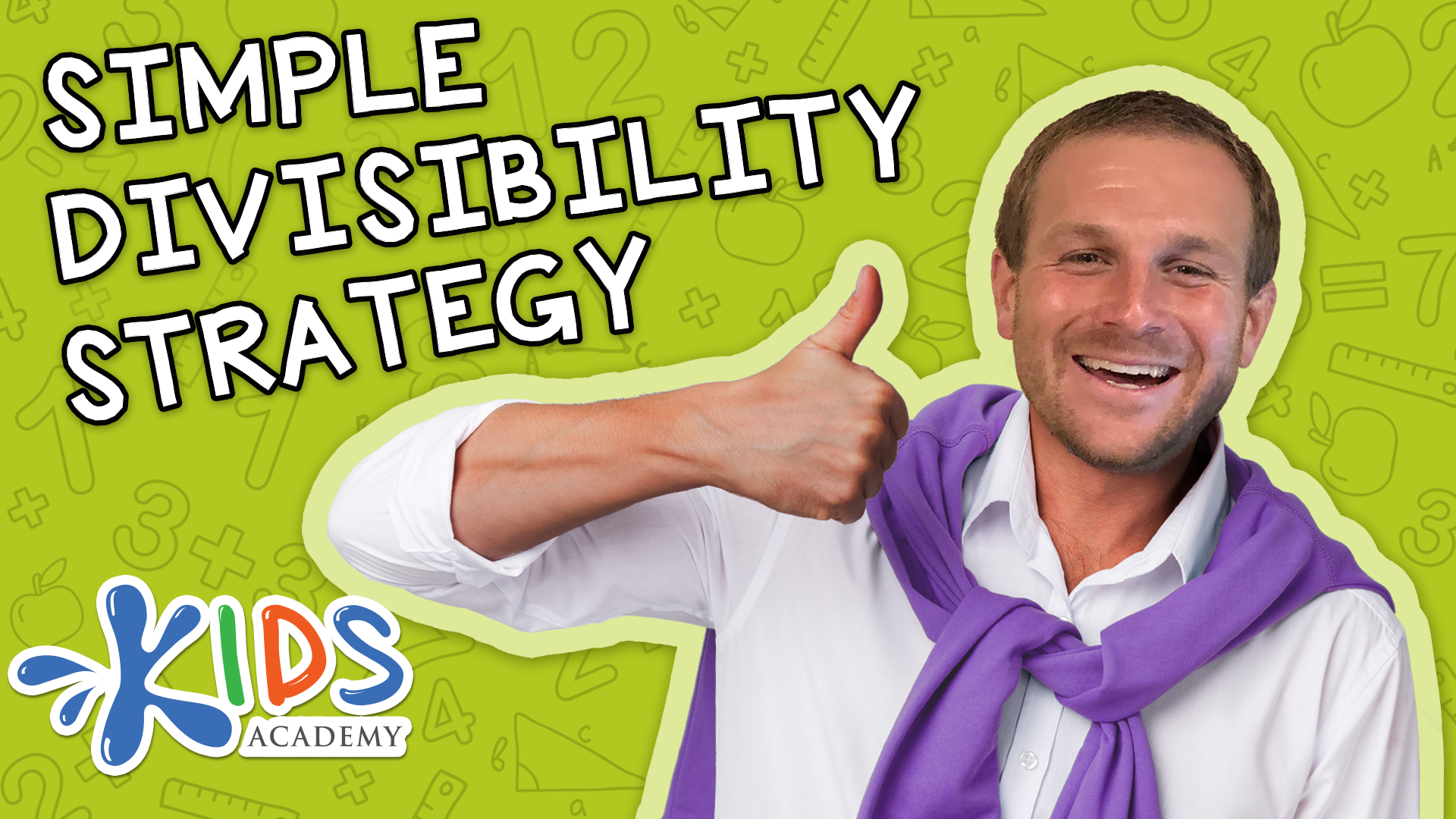Normal Tracing Words worksheets activities for 4-Year-Olds
22 filtered results
-
From - To
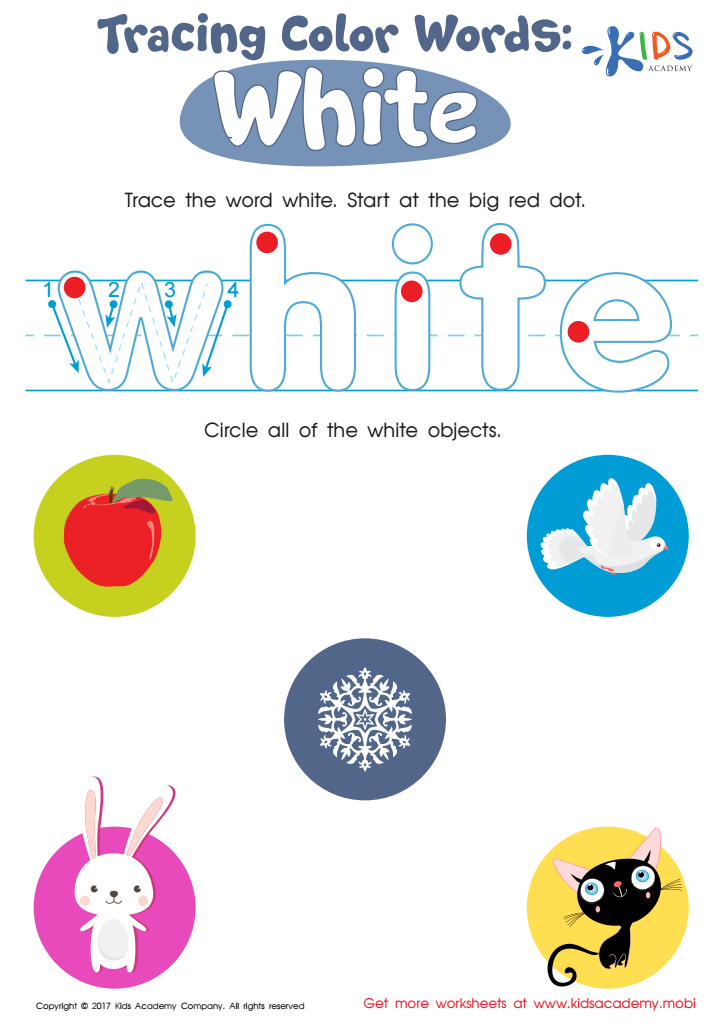

White Tracing Color Words Worksheet
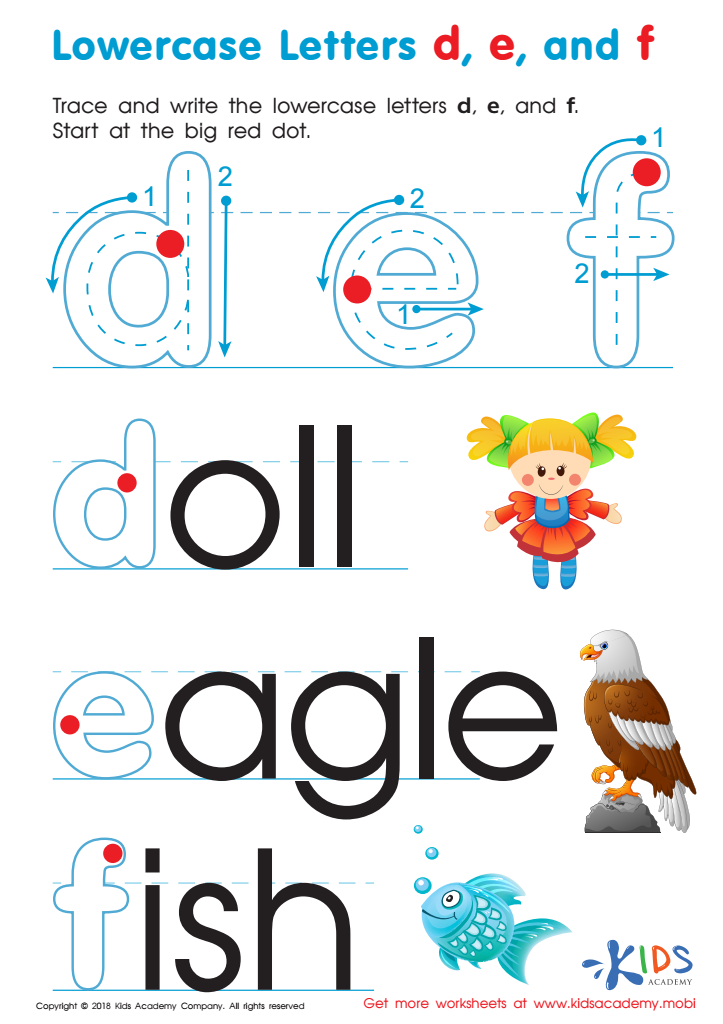

Lowercase Letters d e f Worksheet


A Pup, a Cap and a Pea Spelling Worksheet
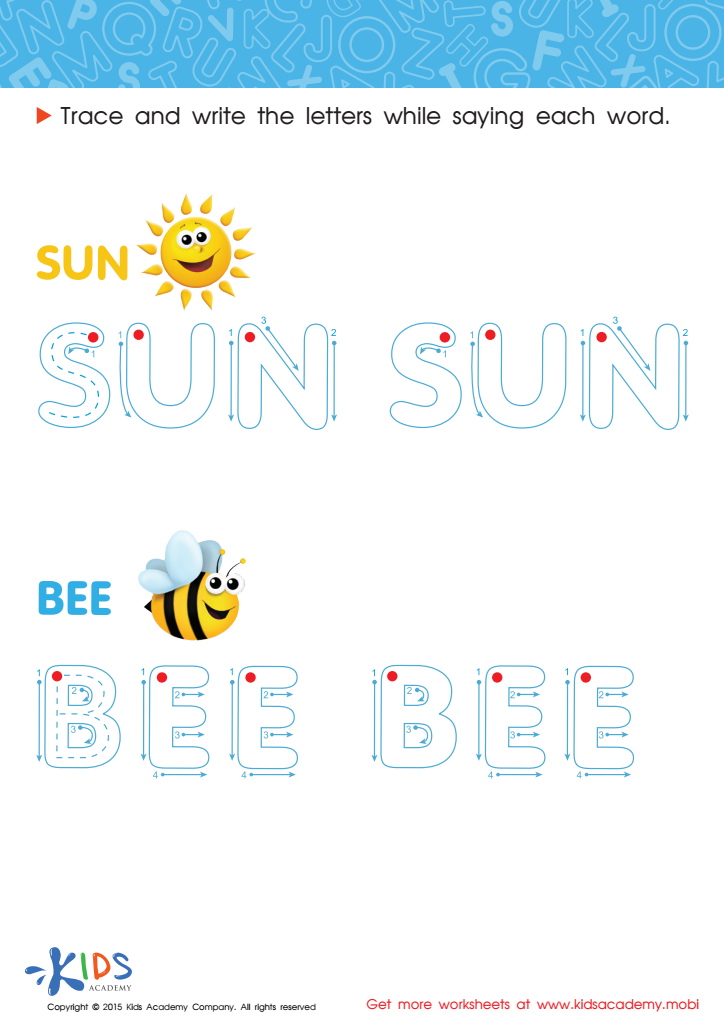

The Sun and a Bee Spelling Worksheet
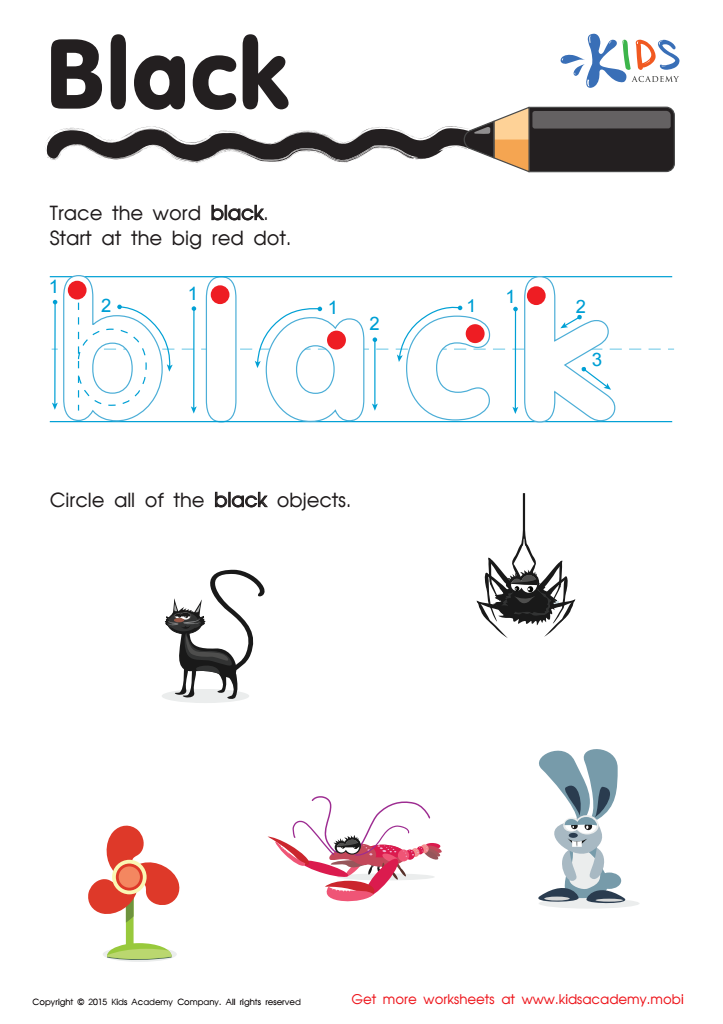

Black Tracing Color Words Printable


Blue Tracing Color Words Printable
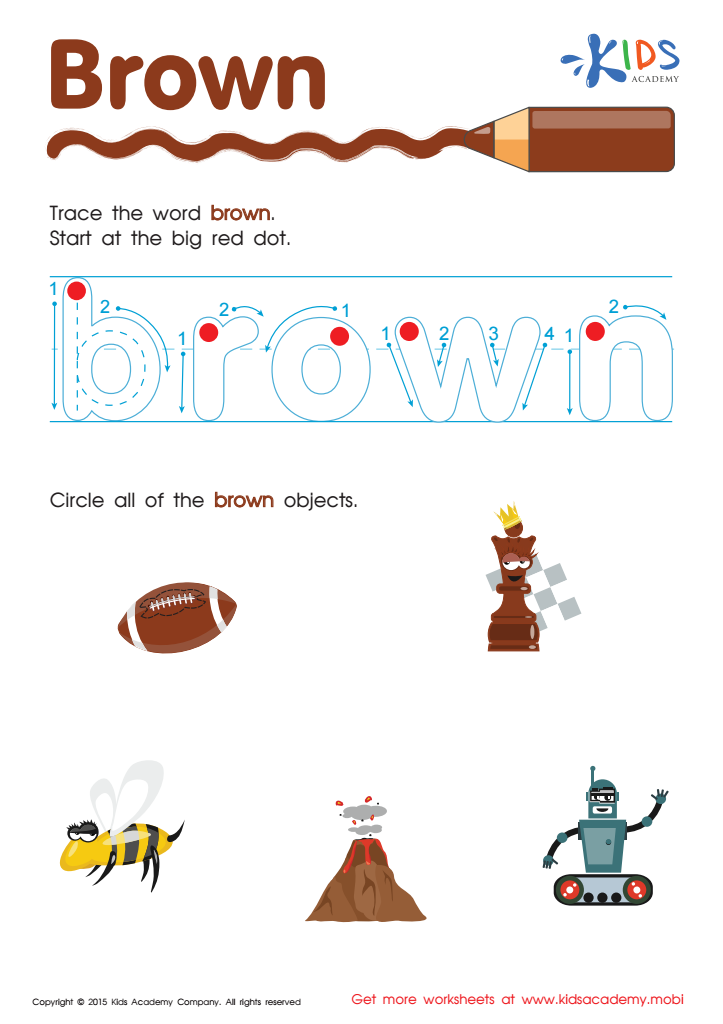

Brown Tracing Color Words Worksheet
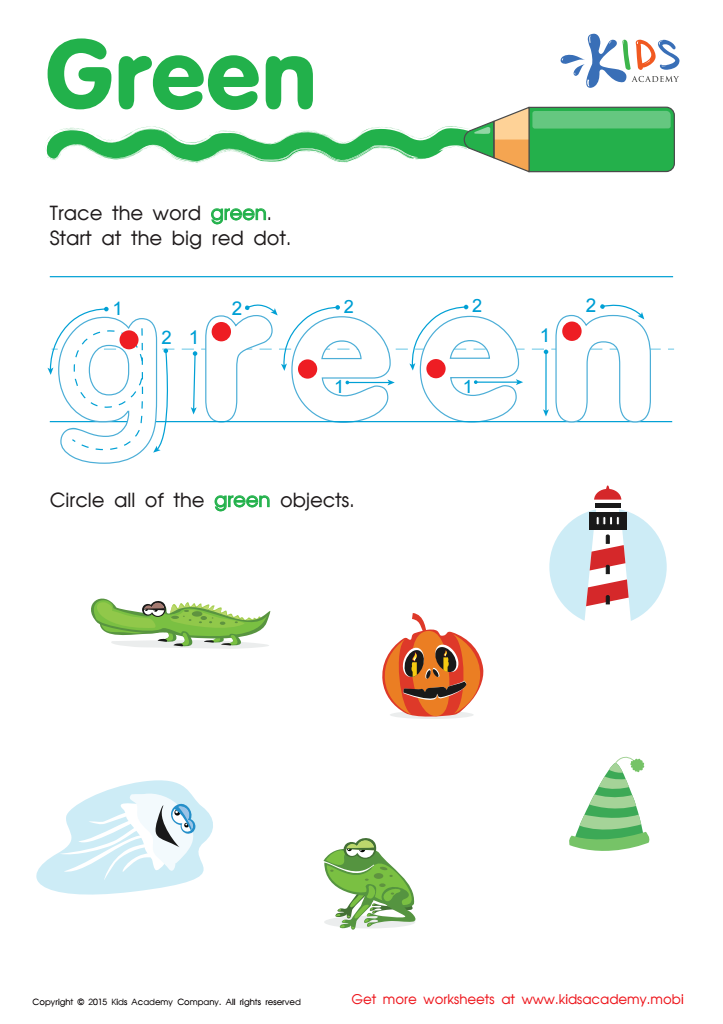

Green Tracing Color Words Worksheet
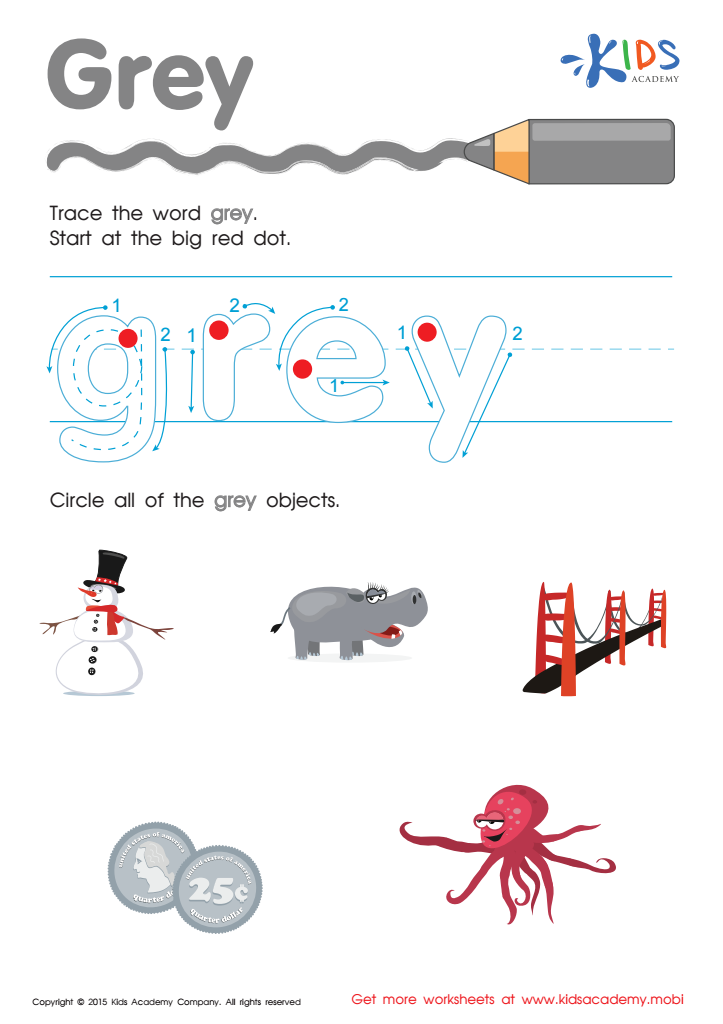

Grey Tracing Color Words Worksheet
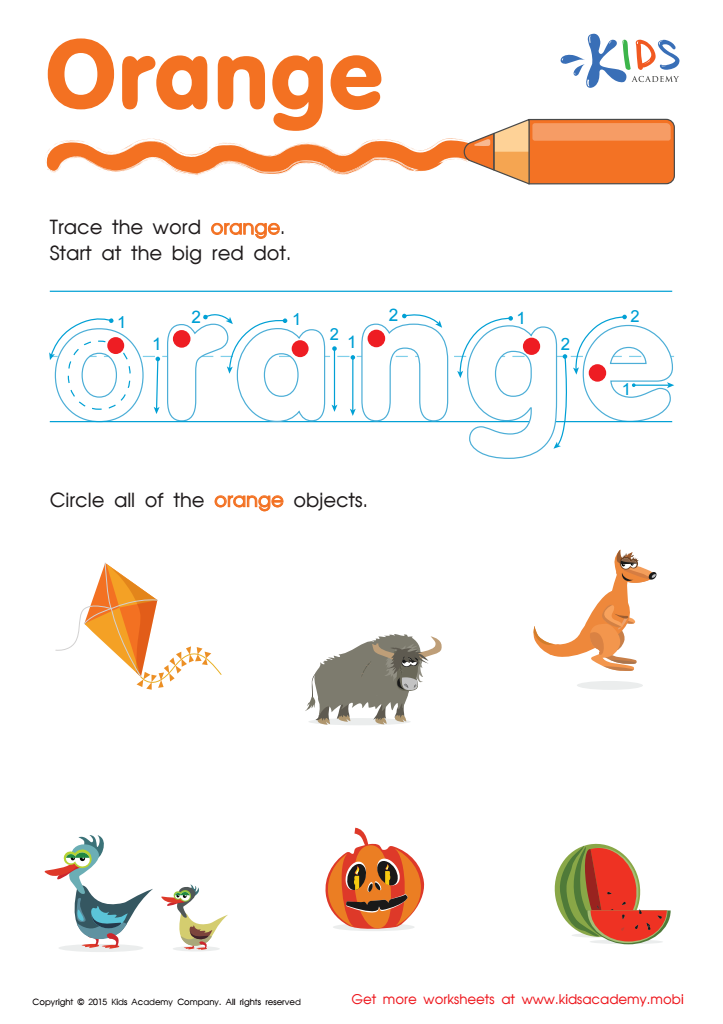

Orange Tracing Color Words Worksheet
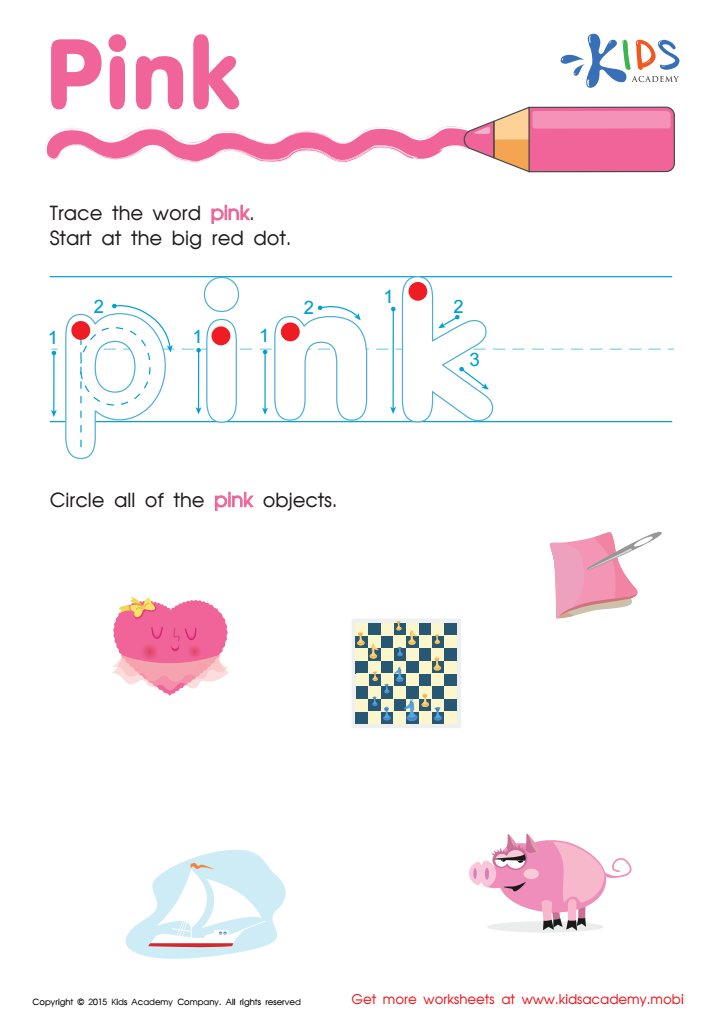

Pink Tracing Color Words Worksheet
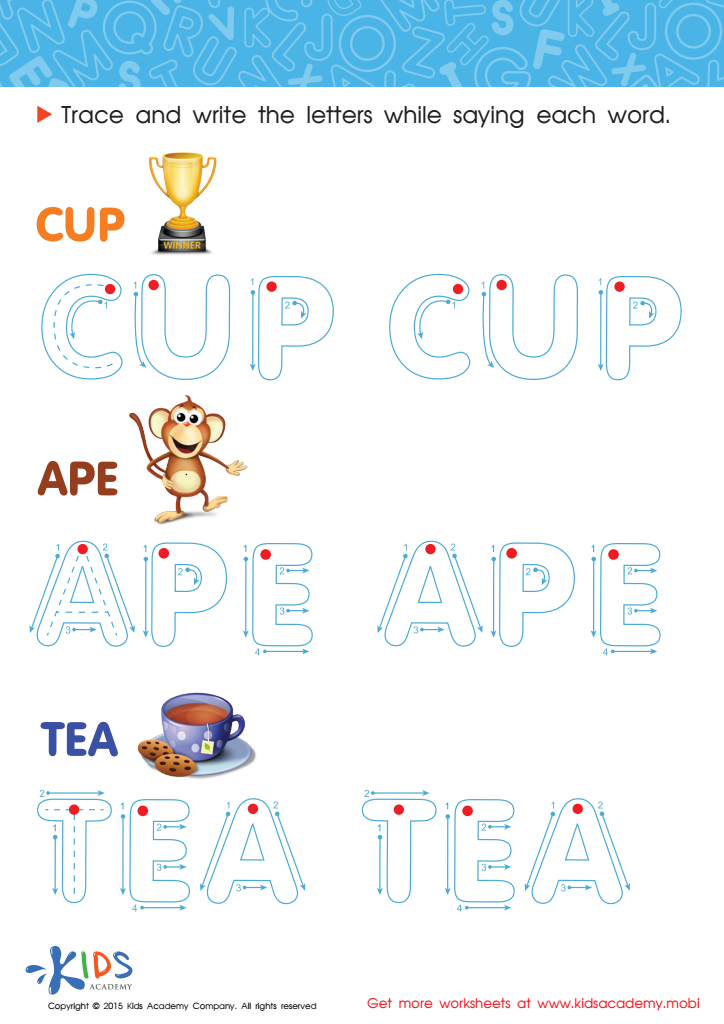

A Cup, an Ape and Tea Spelling Worksheet


Red Tracing Color Words Printable
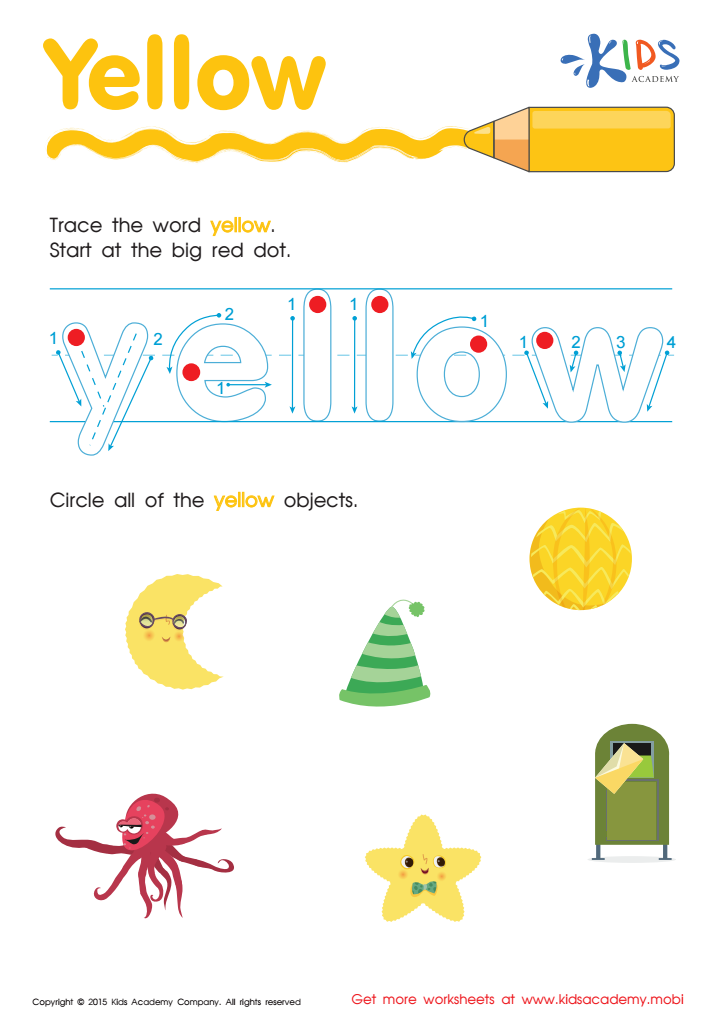

Yellow Tracing Color Words Worksheet
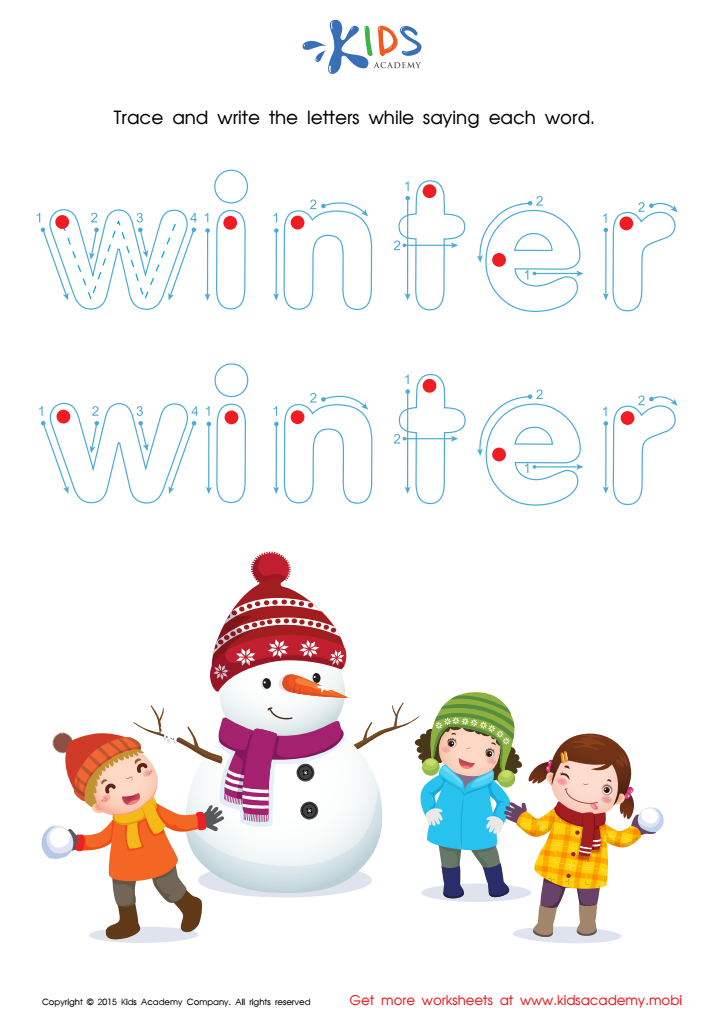

Snowman Tracing Winter Words Worksheet
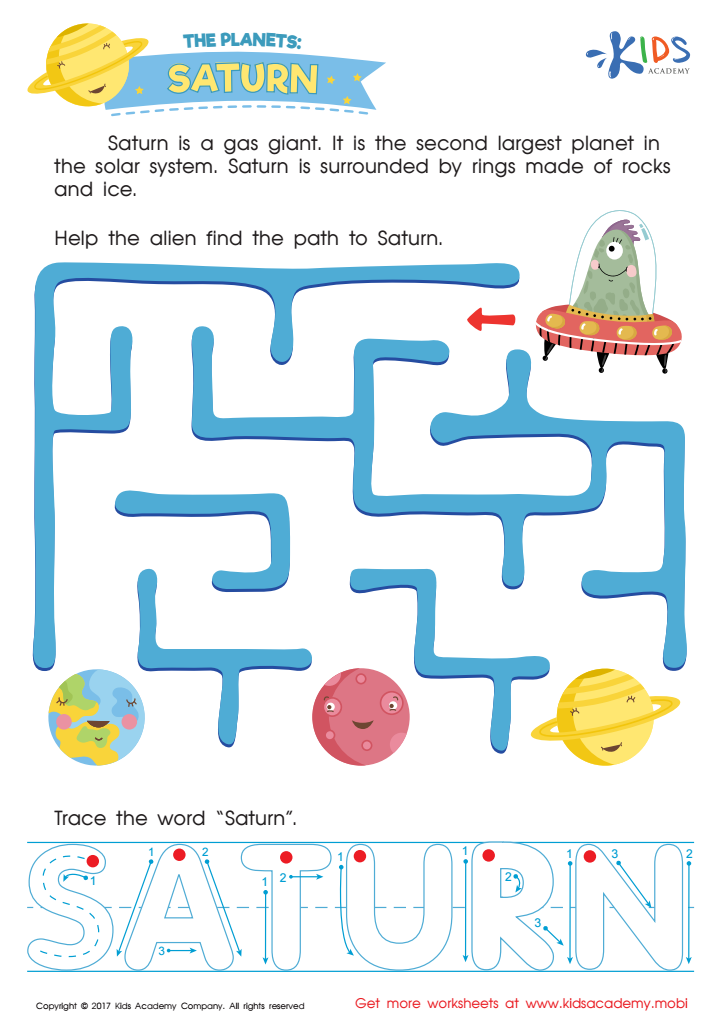

The Planets: Saturn Printable
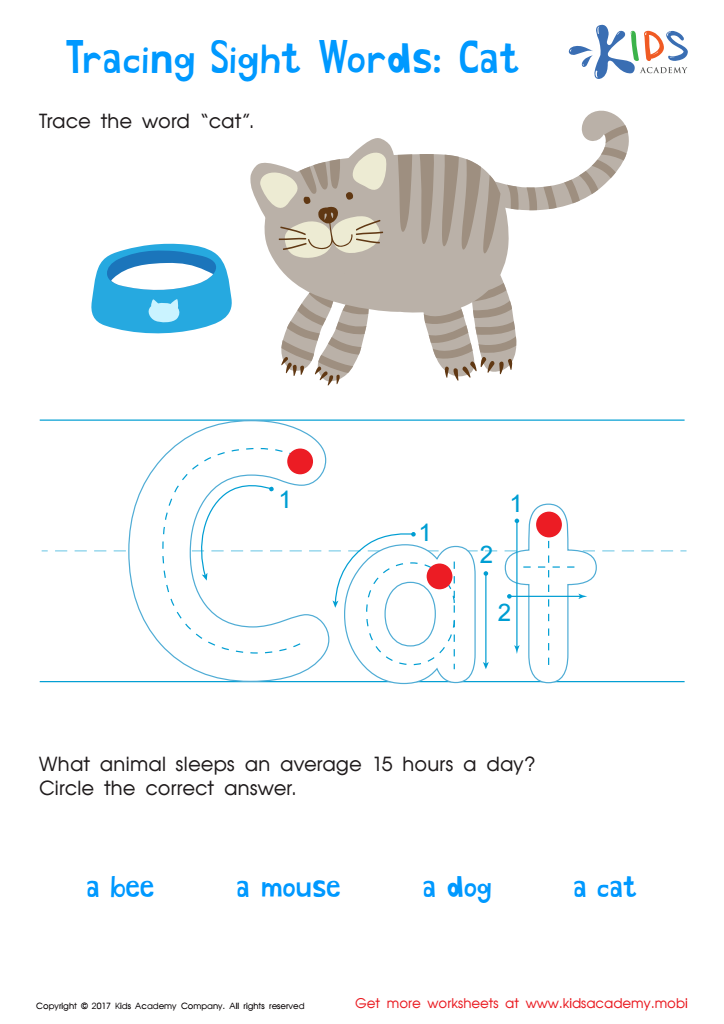

Cat Printable Sight Words Worksheet
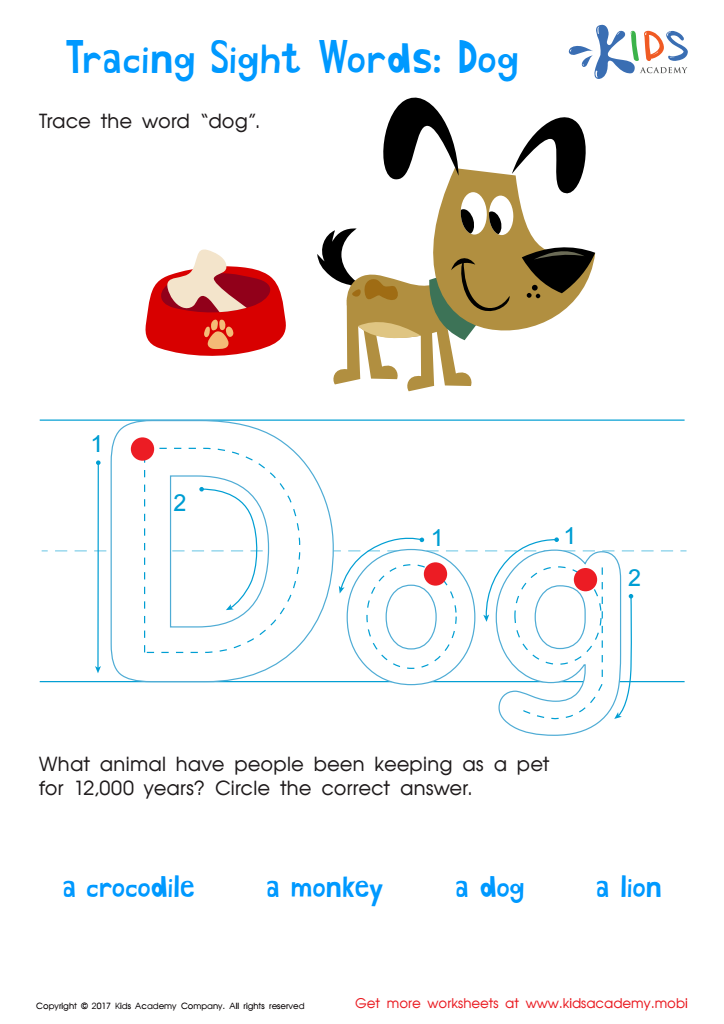

Dog Worksheet Sight Words Worksheet
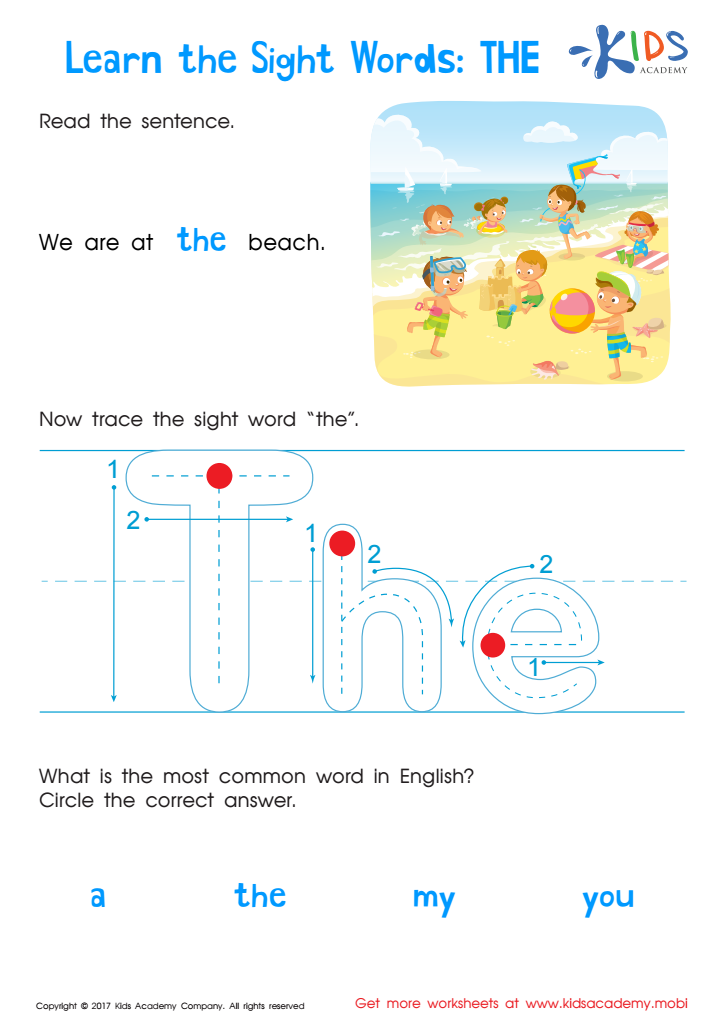

Sight Words: The Worksheet
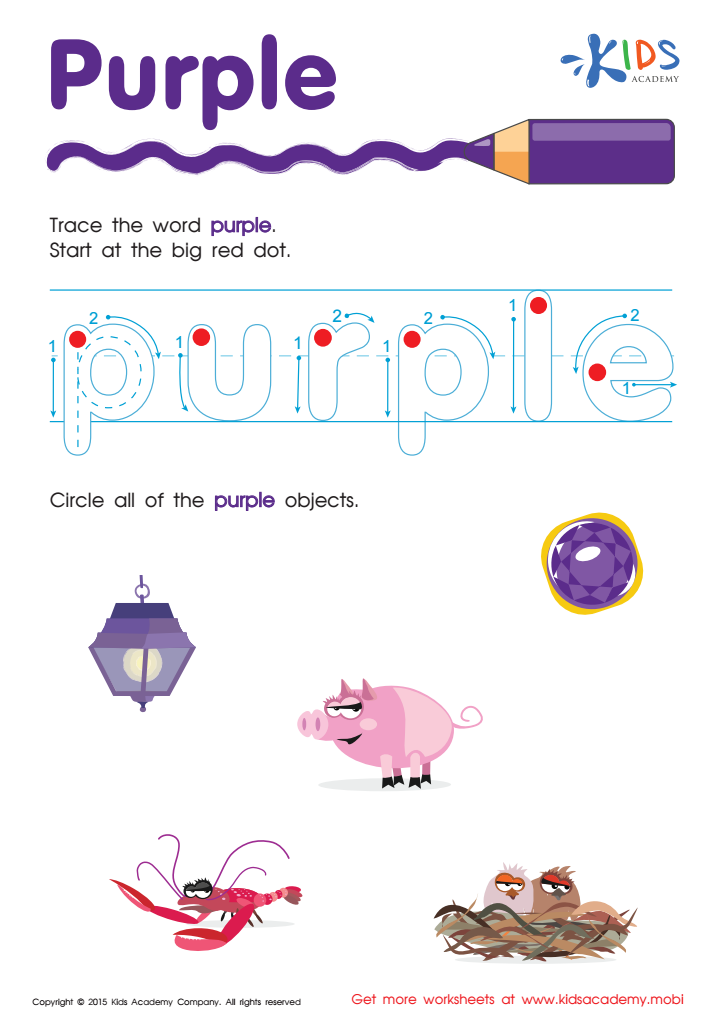

Purple Tracing Color Words Worksheet
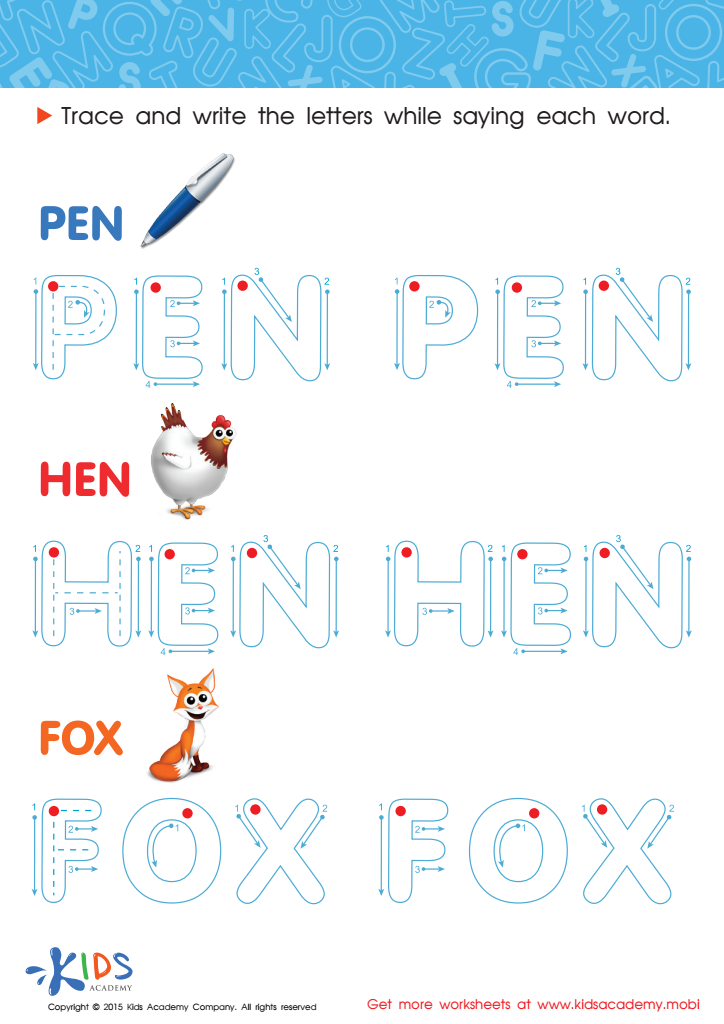

A Pen, a Hen and a Fox Spelling Worksheet
Normal Tracing Words worksheets activities are a fundamental tool in the early stages of a child's educational journey. These simple, yet profoundly effective exercises offer a myriad of benefits that contribute significantly to a child's learning and development. Incorporating such activities into a child's routine not only enhances their literacy skills but also supports their overall cognitive growth.
Foremost, Normal Tracing Words worksheets activities serve as a foundational step in literacy. They introduce young learners to the alphabet, making them familiar with the shapes and sounds of letters. This familiarity is crucial for the development of reading and writing skills. As children trace words, they are also learning to recognize them, which is an essential skill for reading fluency.
Moreover, these activities play a significant role in improving fine motor skills. The act of tracing requires control, precision, and coordination. These are the same skills children will use when they learn to write. By engaging in tracing activities, children strengthen the muscles in their hands and fingers, which will help them to hold a pencil correctly and for longer periods.
Normal Tracing Words worksheets activities also have cognitive benefits. They encourage children to pay attention to detail and to focus on the task at hand. This concentration is vital for all forms of learning. Additionally, completing a tracing worksheet provides a sense of accomplishment, which can boost a child's confidence and encourage them to embrace new learning challenges.
Furthermore, tracing words can support visual discrimination skills, enabling children to distinguish between different letters and, eventually, different words. This skill is essential for reading and writing, as it helps children to process and understand what they are reading and how to construct their writing.
In conclusion, Normal Tracing Words worksheets activities are more than just a simple exercise; they are a comprehensive learning tool that supports the development of literacy, fine motor, cognitive, and visual discrimination skills. By incorporating these activities into early education, we can provide children with a solid foundation for their academic journey.

 Assign to My Students
Assign to My Students
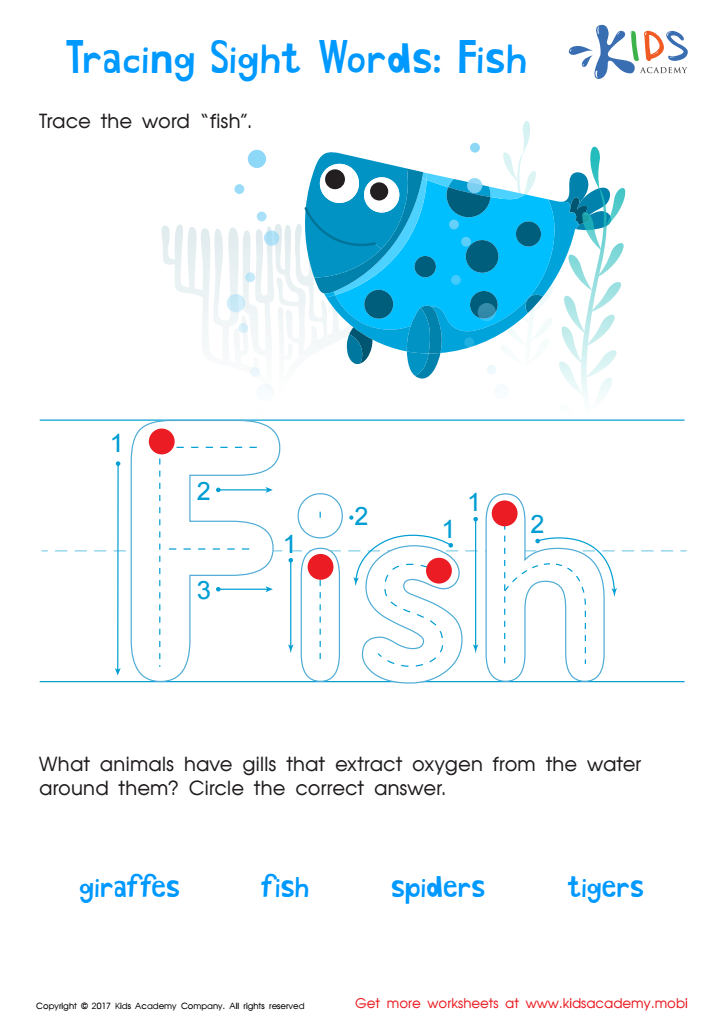


.jpg)

